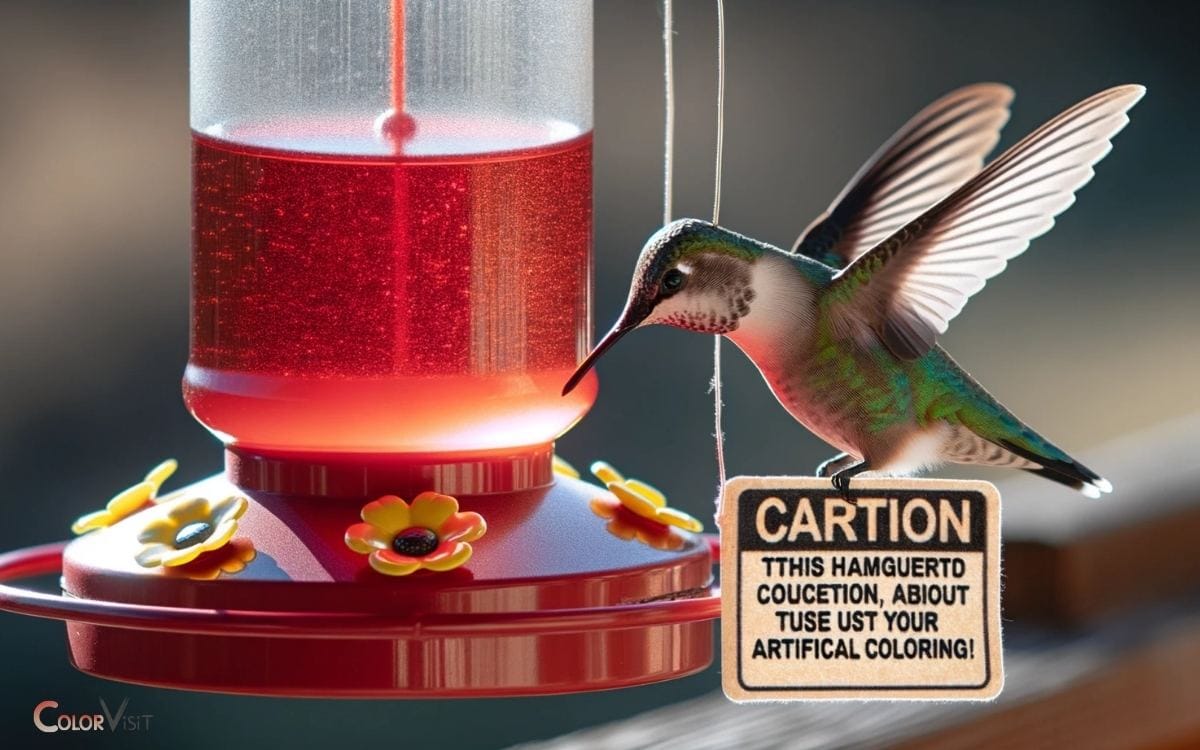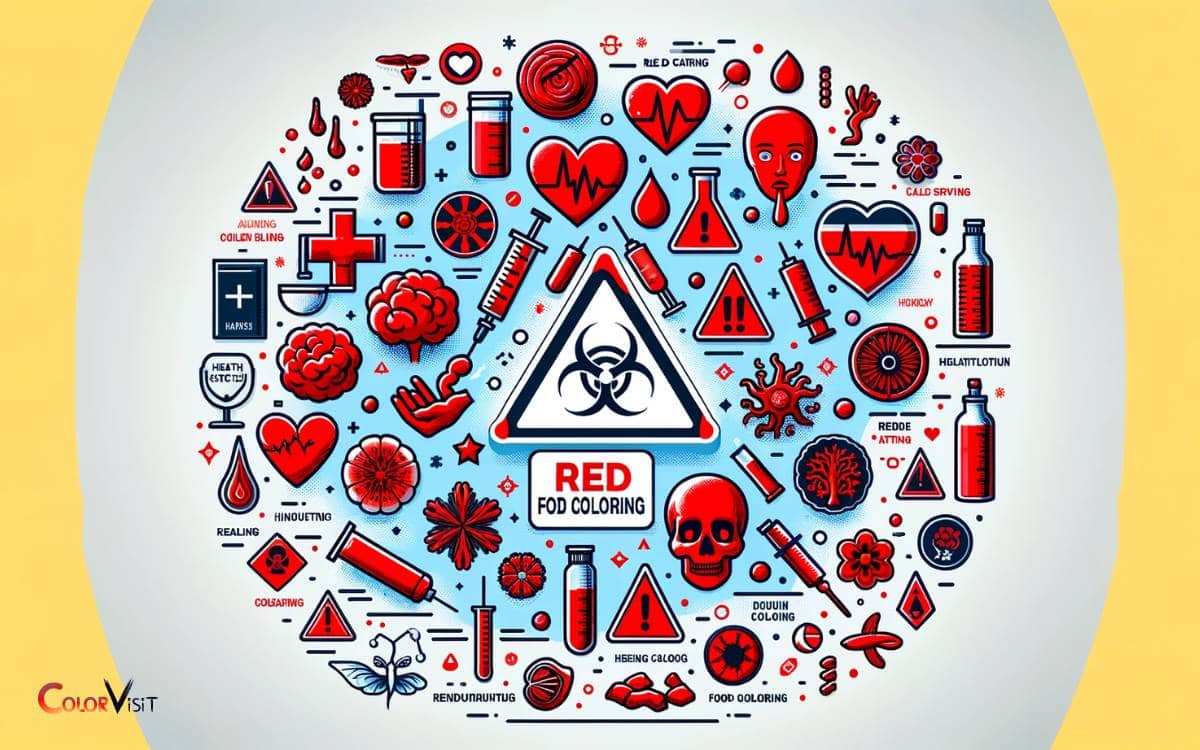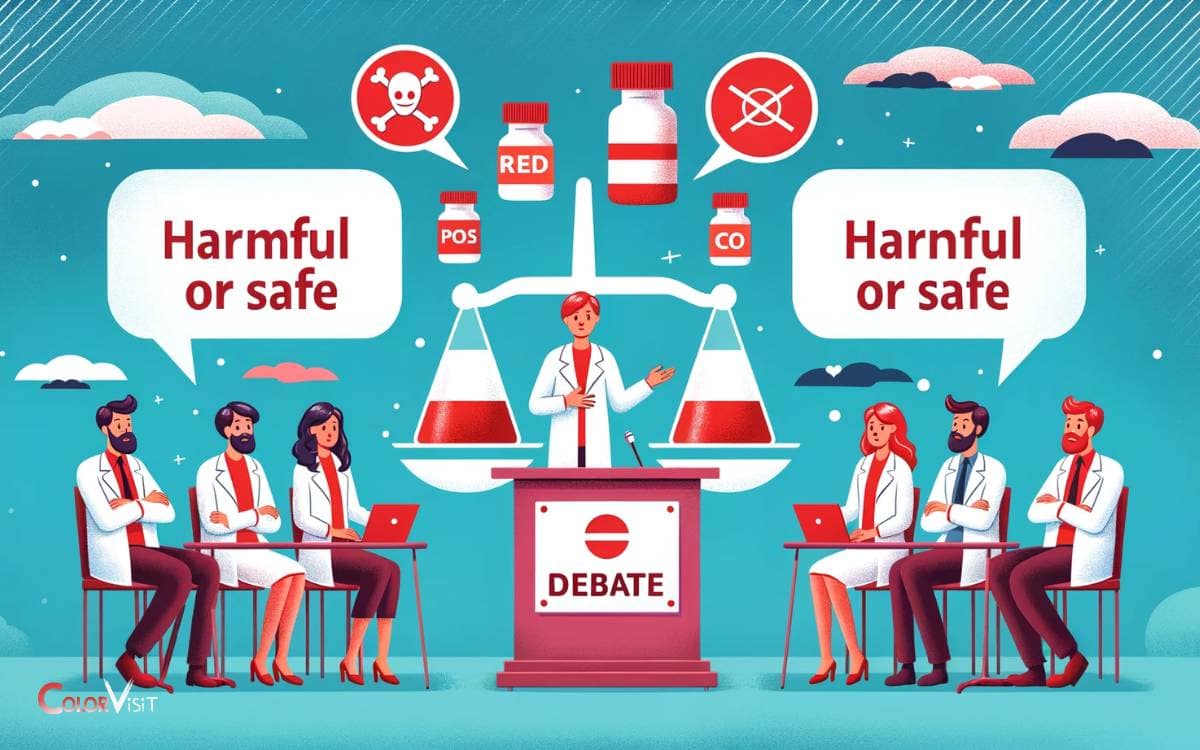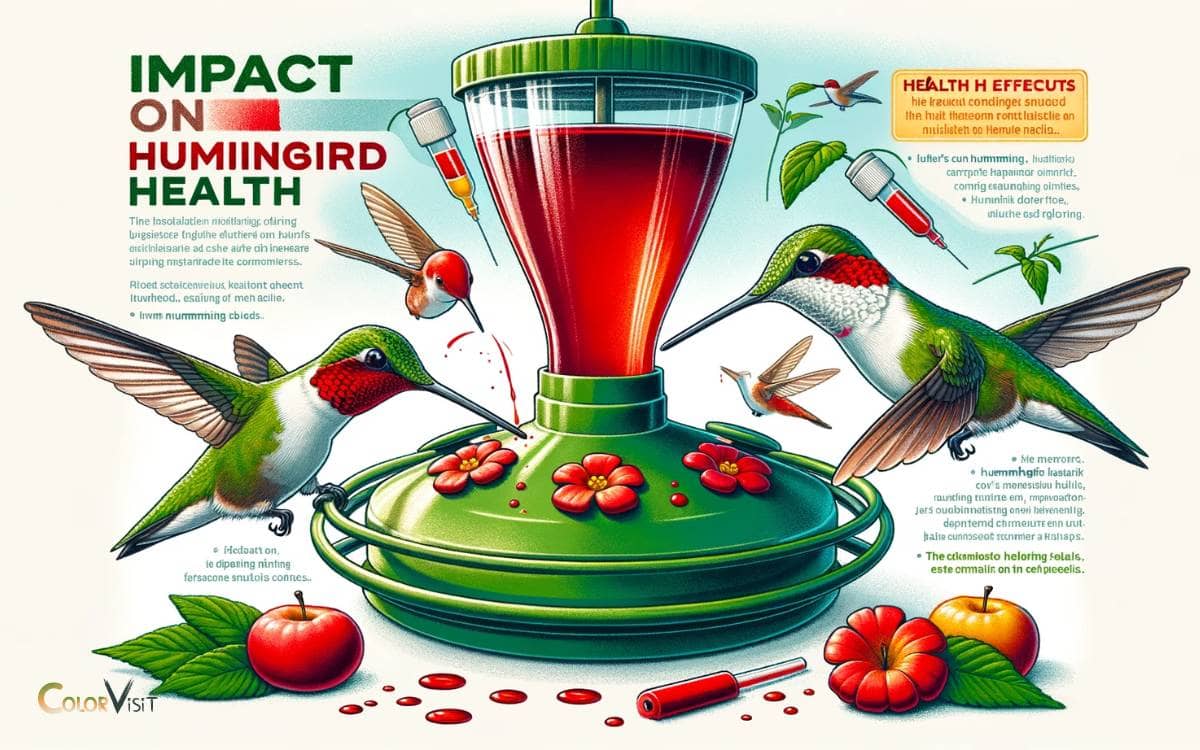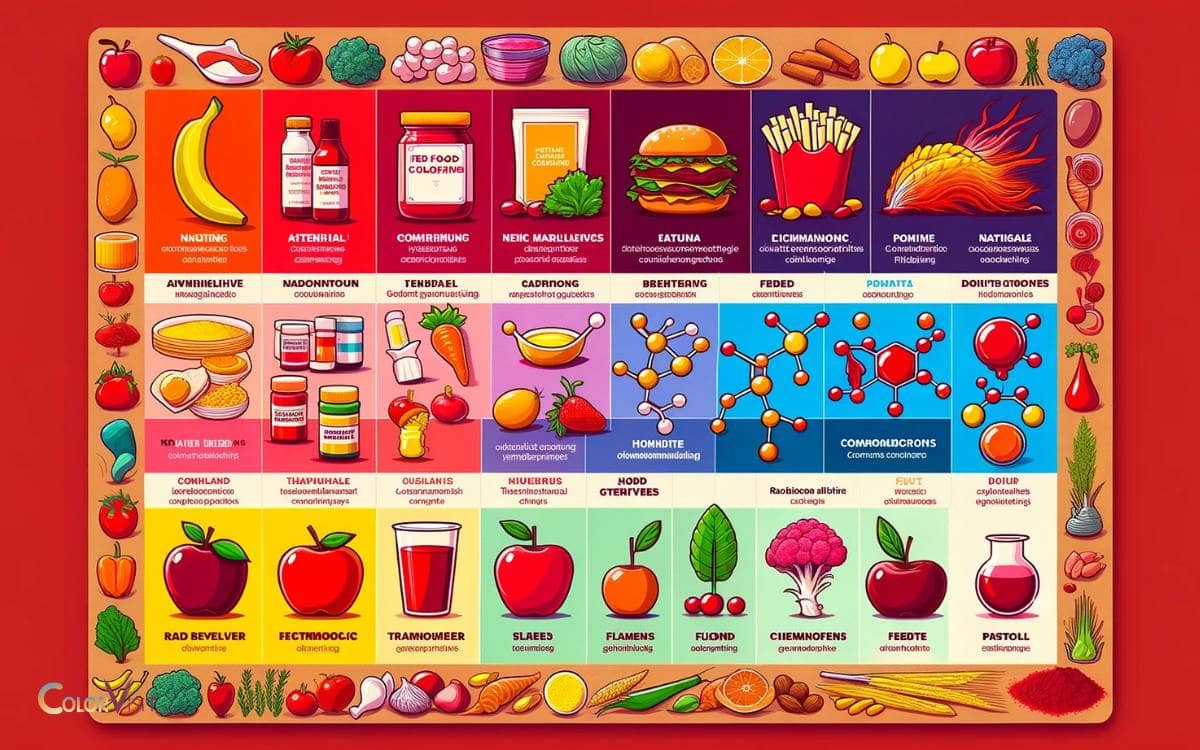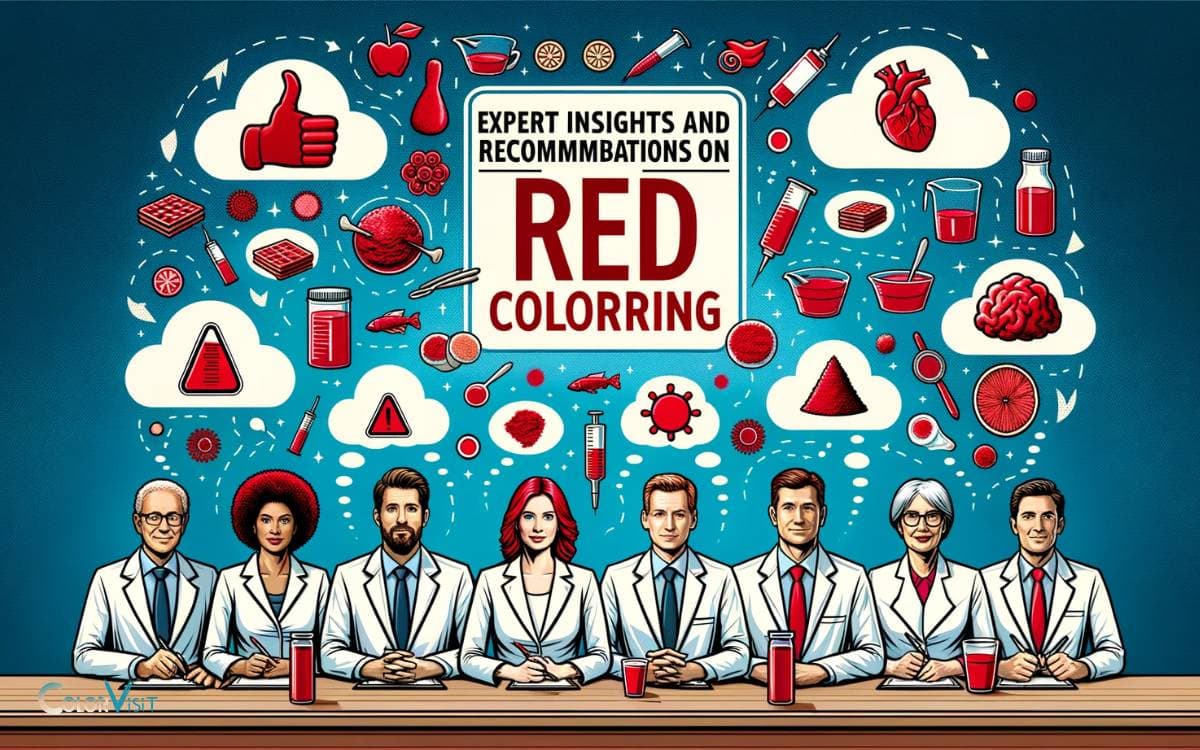Does Red Food Coloring Hurt Hummingbirds? Yes!
Yes, red food coloring can potentially harm hummingbirds. It is advised to avoid using it in hummingbird feeders as it may have detrimental health effects on these delicate creatures.
Red food coloring, often used in hummingbird nectar, has been linked to health issues in hummingbirds, such as tumors and kidney damage.
The dye doesn’t provide any nutritional value and is purely aesthetic. Hummingbirds are attracted to the color red, but they will also feed from feeders of other colors if they contain nectar.
For example, you can use a red feeder without adding unnecessary color to the nectar. This way, you’re still attracting hummingbirds without potentially risking their health.
By opting for natural alternatives like red feeders, we can still attract these beautiful creatures without risking their wellbeing with harmful food coloring.
Key Takeaway
Potential Risks of Red Food Coloring
While red food coloring is commonly used in hummingbird nectar, it is important to consider the potential risks associated with its consumption by these delicate birds.
- The primary concern is the artificial dyes’ impact on the health of hummingbirds.
- Research suggests that red food coloring may contain chemicals like Red Dye #40, which could potentially harm the birds’ liver and kidneys.
- Additionally, the consumption of food with artificial coloring may disrupt the natural foraging and feeding behaviors of hummingbirds.
- Furthermore, there is a possibility that red dye could interfere with the birds’ ability to absorb essential nutrients from the nectar.
- Given these potential risks, it is crucial to explore alternative, natural ways to attract hummingbirds without compromising their health.
Innovative solutions that prioritize the well-being of these remarkable creatures are essential for their conservation.
The Debate: Harmful or Safe
The debate regarding the use of red food coloring in hummingbird nectar centers on whether it is harmful or safe for the delicate birds, with concerns about potential health risks and the impact on their natural feeding behaviors.
- Proponents of red food coloring argue that it can attract more hummingbirds to feeders, aiding in research and conservation efforts.
- However, opponents raise concerns about the potential negative health effects on hummingbirds, including the risk of toxicity and alteration of natural foraging behaviors.
- Moreover, there is a lack of consensus on the long-term impact of regularly consuming red-dyed nectar.
- As such, the debate remains unresolved, highlighting the need for further research to fully understand the implications of red food coloring on hummingbird health and behavior.
This leads us to consider the potential impact on hummingbird health.
Impact on Hummingbird Health
The potential impact of red food coloring on hummingbird health is a topic of concern and ongoing debate within the scientific community.
While some argue that red dye may have adverse health effects on hummingbirds, others believe that the evidence is inconclusive.
Innovative approaches such as studying the long-term effects of red dye consumption on hummingbird populations may provide more conclusive insights into its impact on hummingbird health.
Alternatives to Red Food Coloring
Researching and implementing viable alternatives to red food coloring in hummingbird food solutions continues to be a priority in addressing concerns about potential adverse health effects.
- One promising alternative is to use natural sources of red pigments, such as hibiscus flowers, beet juice, or pomegranate juice.
- These natural options not only provide the desired red color but also offer additional nutrients that may benefit hummingbirds.
- Another approach is to explore the use of colored feeders or other visual cues to attract hummingbirds, eliminating the need for colored nectar.
- Furthermore, ongoing research aims to develop synthetic food dyes that are safe for hummingbirds, ensuring that the vibrant red hue is maintained without posing any harm.
These innovative alternatives hold great promise in providing a safe and attractive food solution for hummingbirds.
Expert Insights and Recommendations
Effective management of hummingbird feeding solutions requires input from experts with a deep understanding of avian physiology and nutrition, as well as a commitment to ensuring the health and well-being of these remarkable creatures.
Here are three key insights and recommendations from experts in the field:
- Natural Nectar Alternatives: Experts recommend using natural nectar alternatives, such as homemade sugar water (1 part sugar to 4 parts water), to provide a safe and nutritious food source for hummingbirds.
- Native Plant Landscaping: Encouraging the growth of native plants in your yard can provide a natural and sustainable food source for hummingbirds, reducing the need for artificial feeders.
- Regular Monitoring and Maintenance: Experts emphasize the importance of regular monitoring and maintenance of feeders to ensure they are clean, free of contamination, and filled with fresh nectar to support the health of hummingbirds.
Conclusion
The potential risks of red food coloring on hummingbirds remain a topic of debate.
While some experts argue that it may have negative impacts on their health, others suggest that there are no clear harmful effects.
However, it is important to consider alternatives to red food coloring in hummingbird feeders to minimize any potential risks.
Ultimately, the well-being of these magnificent creatures should be a top priority, and caution should be exercised when making decisions about their diet.
